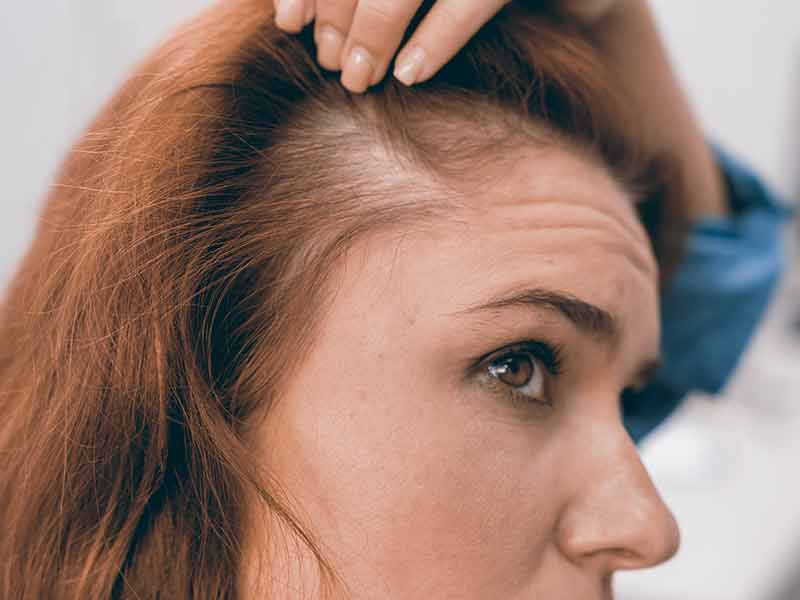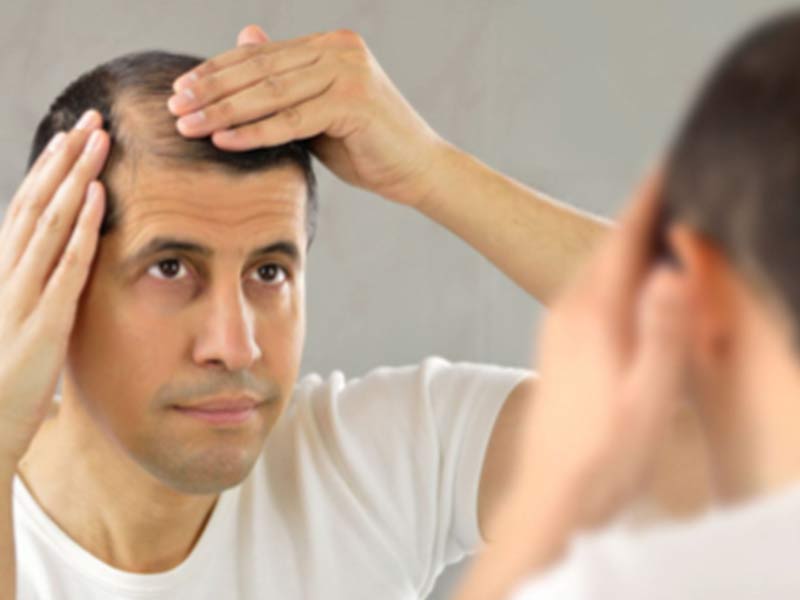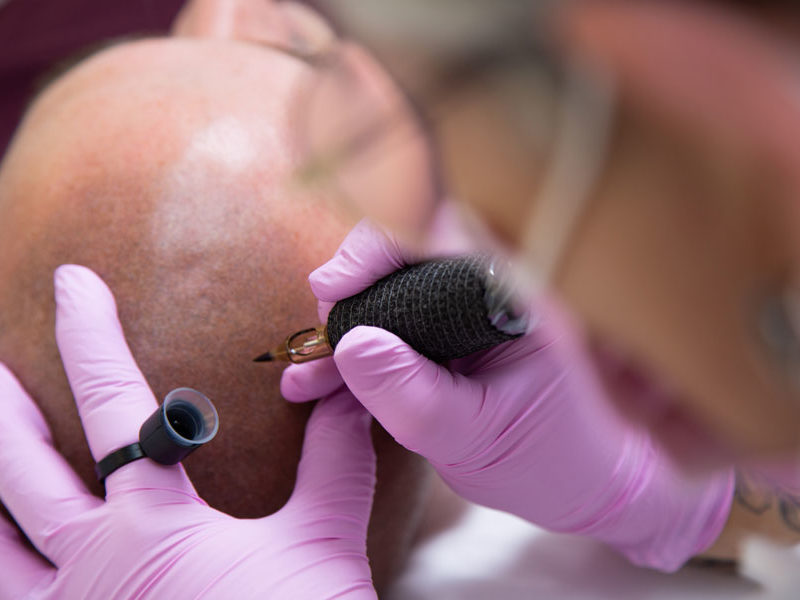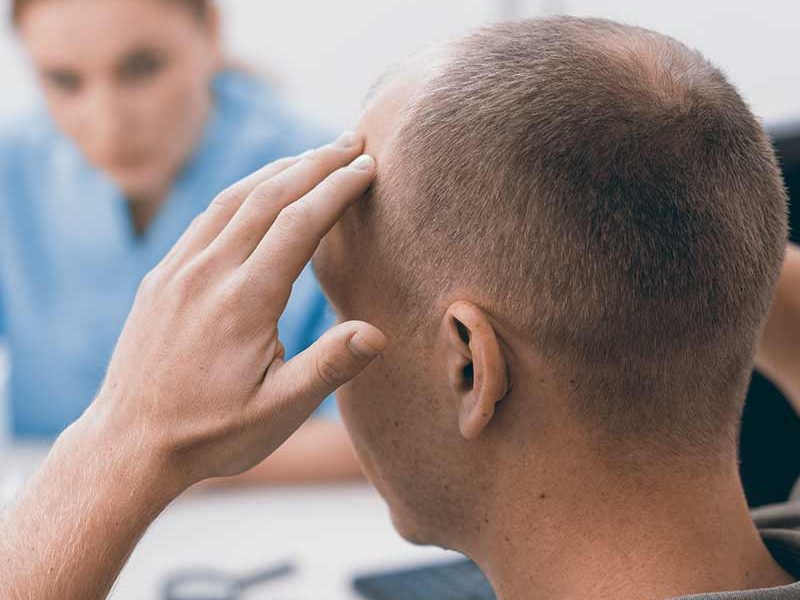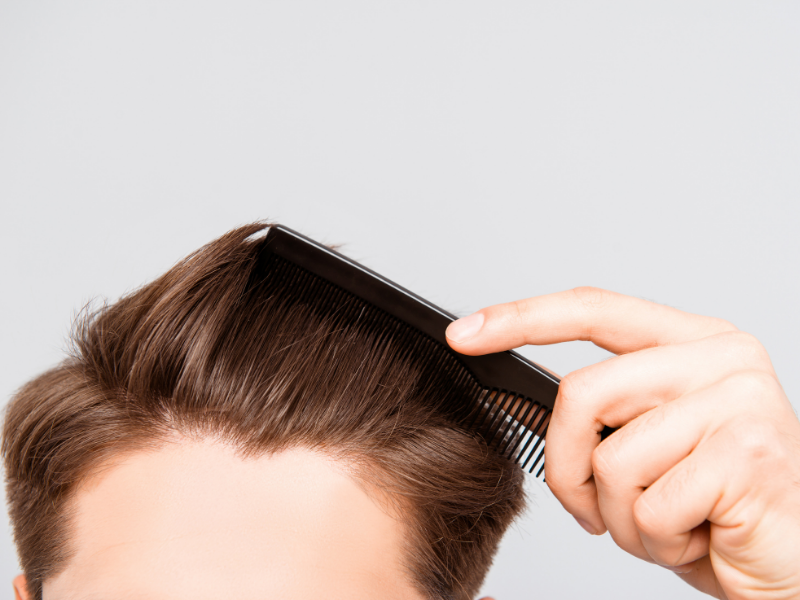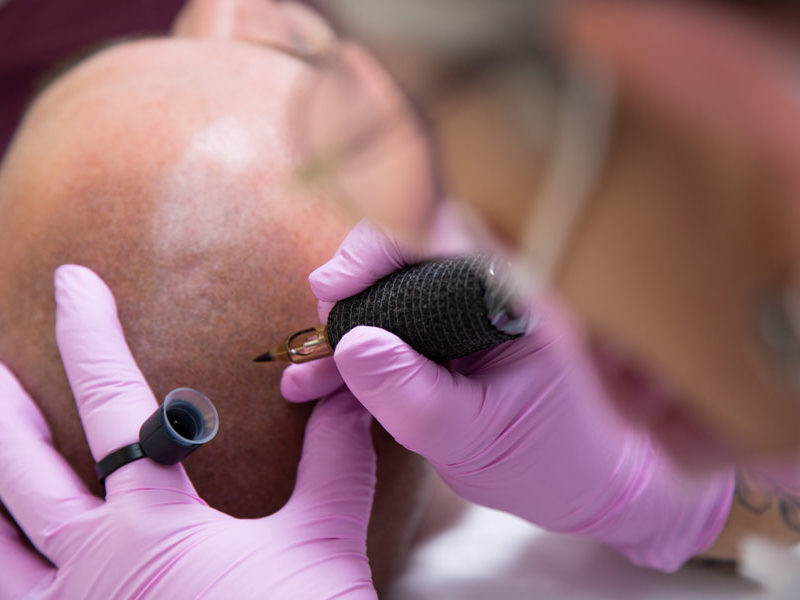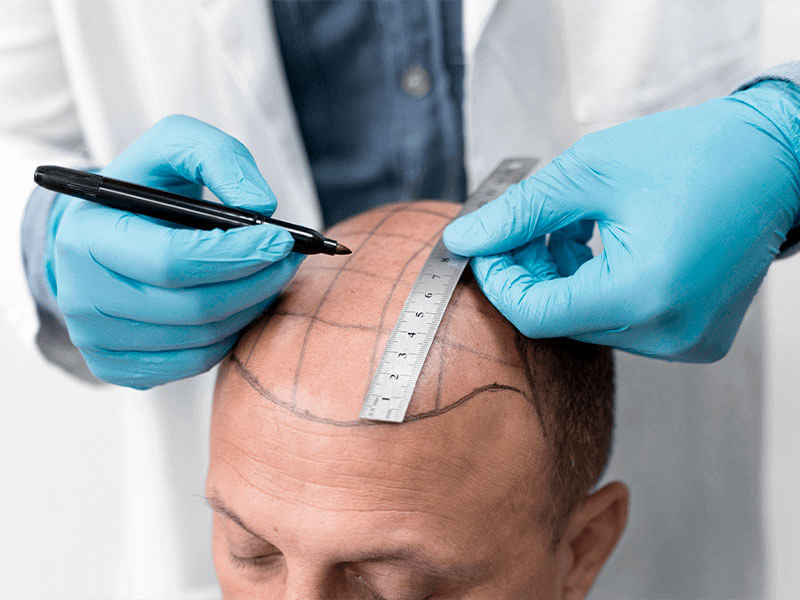
It is a popular cosmetic treatment that has gained much popularity, especially among those who have a scar from undergoing hair transplant surgery. Hair transplantation is a surgical procedure that involves removing hair follicles from part of the scalp and transplanting them to a bald or thinning area.
SMP is a cosmetic tattooing process that uses small needles to deposit tiny droplets of pigment into the scalp. The pigment is carefully matched to the person’s hair color, and the treatment is designed to mimic the look of tiny hairs. When performed by a skilled practitioner, SMP can be used to cover up hair transplant scars, making them virtually invisible.
SMP can enhance the overall appearance of the scalp
Another benefit of SMP is that it can be used to enhance the overall appearance of the scalp. For example, some people may have thinning hair or balding spots that they would like to cover up, and SMP can be used to create the illusion of a fuller, thicker head of hair. The treatment can also be used to add density to an existing hair transplant, creating a more natural-looking result.
How SMP Treats Hair Loss Immediately?
The process of SMP
The process of undergoing SMP is relatively straightforward and can be completed in just a few sessions. During the first session, the practitioner will assess the hair transplant scar and determine the best approach to covering it up. The practitioner will then apply the pigment to the scar, carefully matching the color and shading to the surrounding hair.
In some cases, the practitioner may need to apply several layers of pigment to achieve the desired results. This is because hair transplant scars can be raised or have an irregular texture, which can make it difficult to achieve a seamless, natural-looking result.
Aftercare
After the SMP treatment, the person will need to follow a few aftercare instructions to ensure that the results are long-lasting. This may include avoiding exposure to direct sunlight, avoiding harsh chemicals, and avoiding hot water for a few days. The person may also need to avoid sweating or touching the treated area for a few days to allow the pigment to fully settle into the scalp.
In conclusion, Scalp Micro-pigmentation is a highly effective way to cover up hair transplant scars and enhance the overall appearance of the scalp. The treatment is quick, painless, and provides permanent results, making it a popular choice among those who have undergone a hair transplant. If you liked this post, please share it with your friends. Also, we invite you to follow us on Instagram and Facebook or contact us trough WhatsApp.


